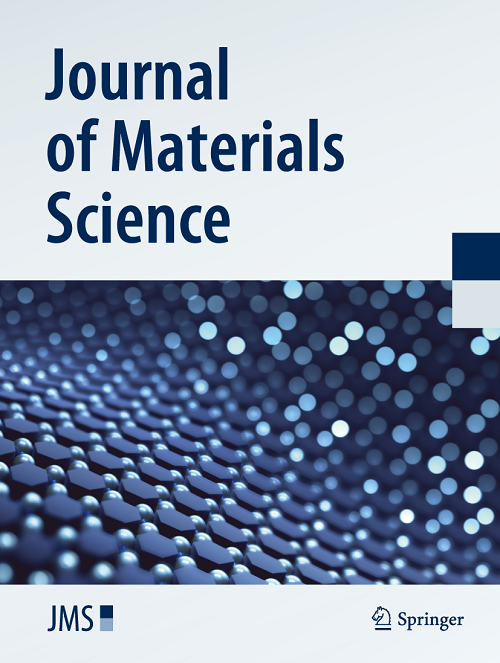Review: LDHs-based photocatalysts for CO2 reduction—modification strategies, performance, and mechanisms
Abstract
Photocatalytic carbon dioxide (CO2) reduction has gained vast attention as one of the effective approaches to alleviate energy crisis and greenhouse effect. Two-dimensional layered bimetallic hydroxides (LDHs) show great potential in photocatalytic reduction of CO2 owing to their special layered structure, variability of component metal elements, and interlayer anion exchangeability. In this review, the research progress of CO2 reduction using LDHs-based photocatalysts was first described by co-occurrence and cluster analysis of research hotspots and trends. Then, photocatalytic activity toward CO2 reduction of various reported LDHs and modified LDHs-based photocatalysts using different kinds of strategies like elemental doping, defect engineering, heterogeneous structure design, morphology regulation, and surface plasmonic resonance (SPR) effect was thoroughly discussed. Moreover, photocatalytic mechanism insights of LDHs-based photocatalytic materials for CO2 reduction were summarized. Last but not least, the challenge and research perspective in this field were proposed. This review aims to provide comprehensive insights and guidance for further research and practical application of LDHs-based photocatalysts for conversion of CO2 into value-added products.
Graphical abstract

 求助内容:
求助内容: 应助结果提醒方式:
应助结果提醒方式:


